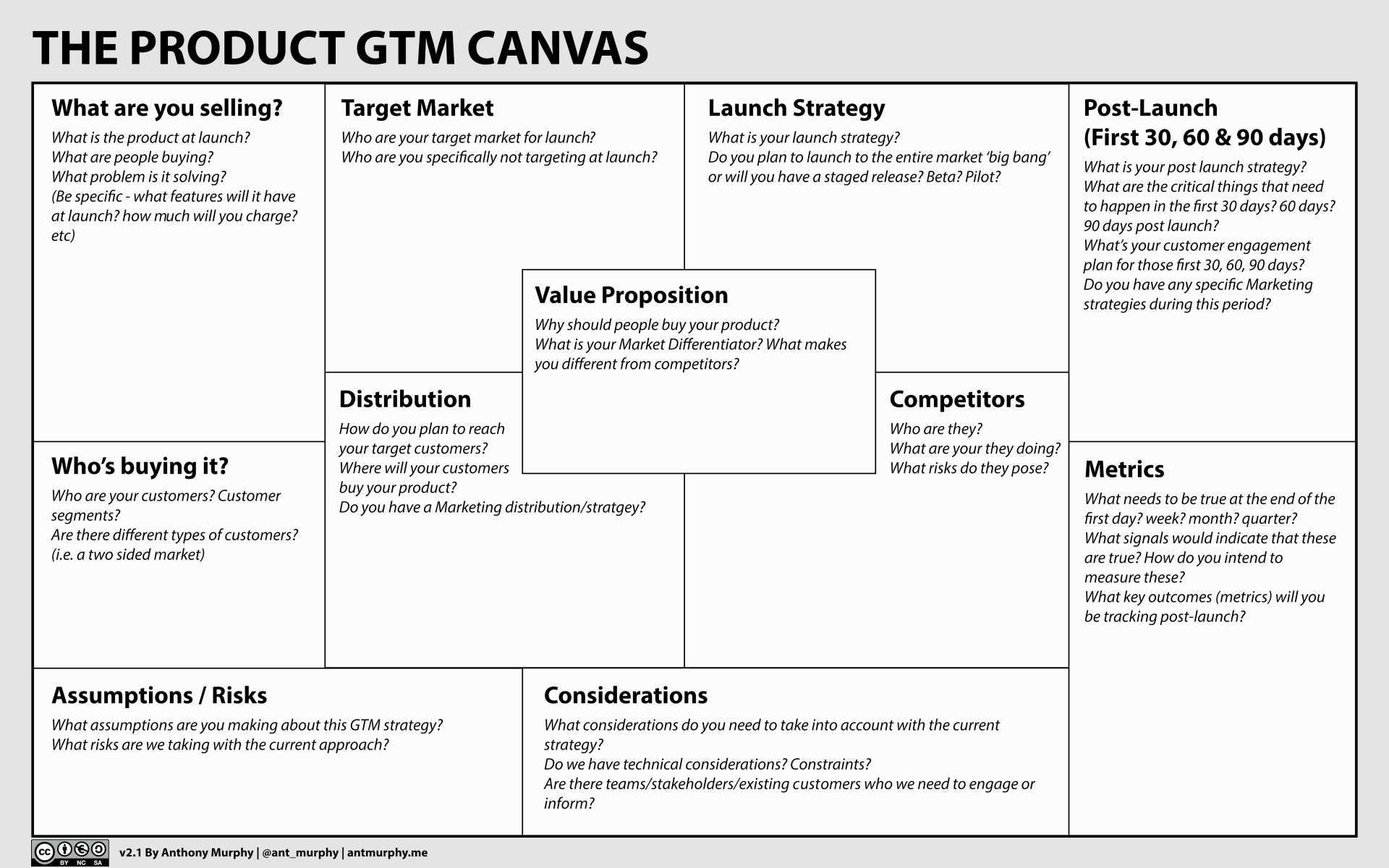The Disruption Canvas
A tool for identifying the disruptive potential of your ideas before you waste time building the wrong thing.

What is disruption?
Disruption is not invention. It’s not novelty. It’s not better technology.
Disruption is what happens when someone challenges the unspoken assumptions that underpin a market, and then delivers a simpler, cheaper, more accessible alternative that works. Not just for the core user, but for those who’ve been priced out, ignored, or forced to find workarounds.
Disruption often starts small. On the fringe. With a product that looks inferior to incumbents... until it quietly redefines the market on your terms.
As we’ve written before, disruption begins with subtraction. It strips away complexity. It changes how value is delivered and who it’s delivered to. It unlocks access. It exposes the brittleness of dominant players who’ve forgotten what real users need.
From the Disruption Test to the Disruption Canvas
At Apollo 21, we’ve worked on many new venture concepts inside companies of all sizes. We’ve helped shape ideas that launched, created real value, and in some cases even redefined how those companies thought about innovation. But not every idea is meant to be disruptive. And many didn't have the preconditions to be disruptive from the outset.
We leveraged this experience by publishing The Disruption Test, a short framework for assessing whether an idea had the core attributes of a disruptive opportunity. Think of it as a quick and dirty litmus test.
The Disruption Canvas is an extension of that thinking. Where the test provided the initial filter, the canvas supports deeper exploration and refinement. It helps teams pressure-test early venture ideas through the lens of disruption, asking:
Who is the market ignoring?
What assumptions are no longer valid?
Where can simplicity win?
How will this scale without becoming the thing it set out to challenge?
The Disruption Canvas gives structure to ambiguity and focus to teams trying to do more than launch another incremental feature.
How the Disruption Canvas Fits into the Landscape of Innovation Tools
There’s no shortage of canvas-style tools in the innovation world. The Business Model Canvas (BMC) is the most widely adopted (and for good reason). If you’ve already defined your target market and monetization strategy, and you need to articulate how the parts of your business fit together to deliver value, the BMC is the right tool. It helps teams align on what exists and optimize the mechanics of delivery.
The Product Go-To-Market (GTM) Canvas is another example. It’s useful for teams who are ready to commercialize a solution and need to clarify customer journeys, value props, channels, and growth strategies.
Other popular frameworks like the Lean Canvas and the Value Proposition Canvas serve critical roles in helping teams iterate on known ideas, refine target segments, and shape business models.
These tools focus on helping teams clarify and operationalize an idea (usually one that has already passed some threshold of validation or internal agreement). But when you're aiming to build something disruptive, the nature of the questions changes.
Disruptive ideas often look unpolished, unscalable, or even irrational when evaluated through these existing tools because they're not optimized for disruption. They're optimized for execution, alignment, and communication.
The Disruption Canvas is optimized for something else: identifying whether an idea has the potential to change the game. It pushes teams to investigate market blindspots, confront outdated assumptions, and find leverage in simplicity. The Disruption Canvas isn't just a tool to help you build something new, it's a tool to help you strategically create a product that couldn't have emerged from conventional thinking.
How to Use the Disruption Canvas

The Disruption Canvas is stacked vertically with each layer representing one of four essential conditions for disruption: desirability, reframing, feasibility, and impact & organization. Each of the ten individual modules is designed to help you think critically about your idea through the lens of simplicity, convenience, accessibility, and affordability while also examining the organizational capabilities needed to support it.
This is not a tool for pitching, it’s a tool for pressure-testing. Work through the modules in numerical order. Use short statements, not paragraphs. Treat blank boxes or weak answers as a signal. If a module is hard to complete, your idea might not be disruptive (yet). The canvas works best early in the process, before your product or model is fully formed.
Remember: you can innovate, disrupt, or die! ☠️
Have you seen our free resources?
Apply to be a podcast guest!
Spread the word on your latest innovation…
Know an innovator who needs this?
Was this email forwarded to you?









